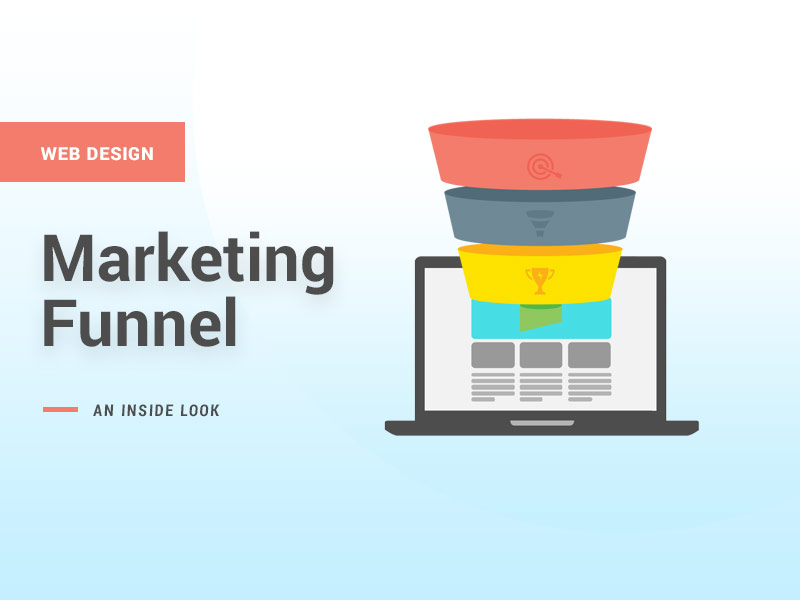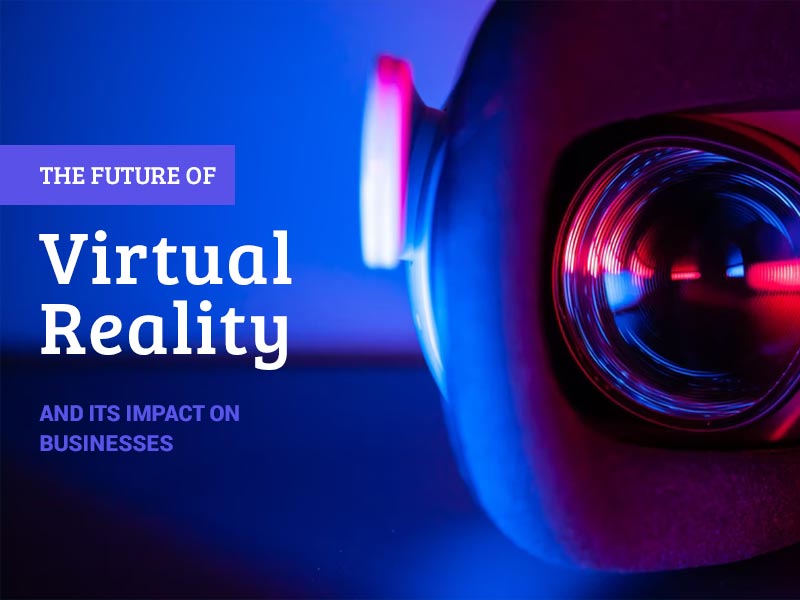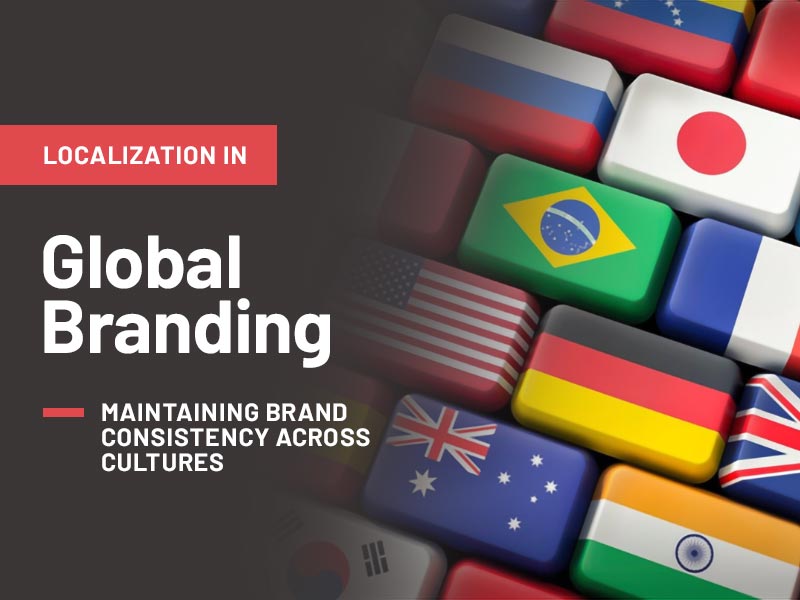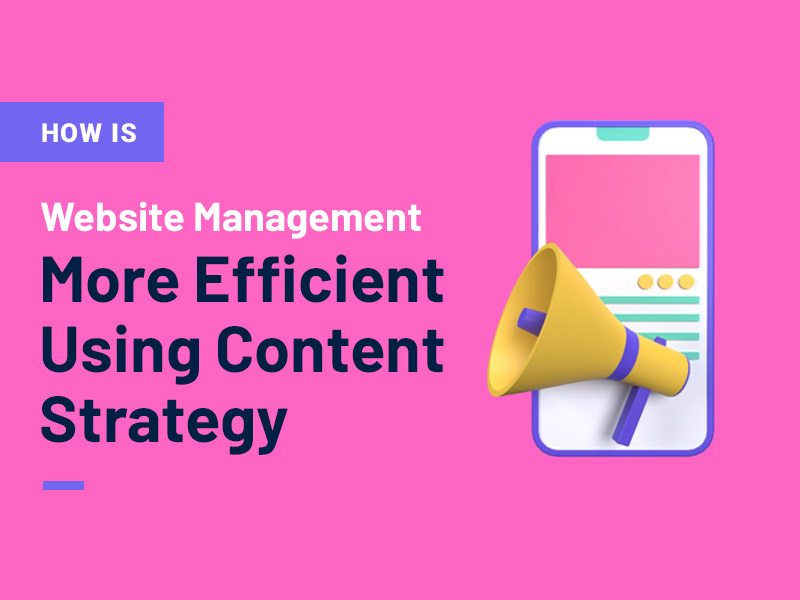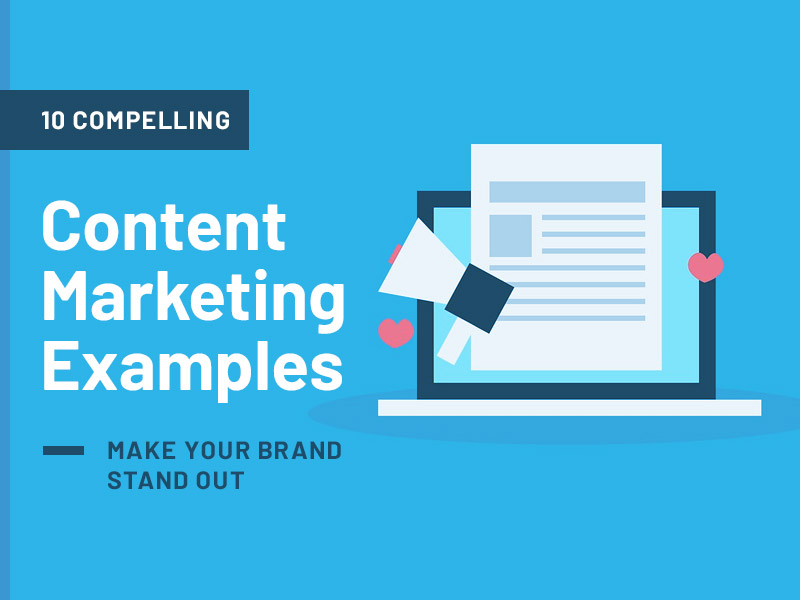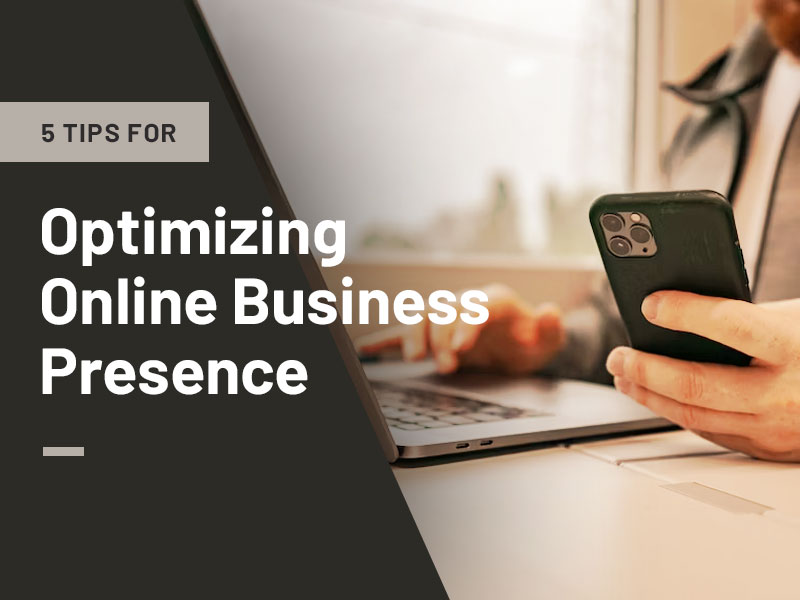People spend more time on their mobiles than out on the streets.
That’s why the Internet is a hub for millions of businesses nowadays. Most of them still work in the traditional, brick-and-mortar setting, but not without including a digital strategy in their plans. Some of them have shifted their entire operations online.
The pandemic has made it even more necessary for everyone to build and establish their online presence. With this significant digital shift, websites are one of the primary ways to connect with customers now. Not having one means you lose hundreds of potential customers every second.
However, only having a website is not enough! Your website needs to stand amongst others to have the desired impact. A well-designed website can take your marketing to the next level.
Want to know how to turn your website into an effective marketing funnel? Let’s start with a discussion about what marketing funnels are.
All about Marketing Funnels
Do you know what funnels are?
A funnelisa tube or a pipe with a wide top and a narrow bottom. It is used to guide liquid or powder into a small opening. Basically, you can call it a channel or a guide.
Now, let’s see what a marketing funnel means!
A marketing funnel describes the journey of a brand with its potential customers, from their first interaction to the last. But why is the term funnel used to describe this journey? Because it works just like a funnel!
Marketers grab as many leads as possible and then nurture them until they become actual buyers. However, it’s not possible to turn every single lead into a customer. Some people lose interest in between and leave the funnel, while others go through the end. The number of candidates narrows down at each stage, just like the funnel gets narrow at the end. Why does this funnel matter, anyway? Because it allows you to figure out the points where you are losing customers.
Parts of a Marketing Funnel
A marketing funnel consists of different stages divided into three major parts: top-of-funnel, middle-of-funnel, and bottom-of-funnel. Marketers are required to plan marketing activities according to the nature of the different stages of the funnel.
Let’s have a look at the different stages of a marketing funnel …
Top of the Funnel
This is where the journey of the customers begins!
The top of the funnel describes your first interactions with the customers. The goal of marketers at the initial stages is to spread the word about their brand. Telling people how they are different from their competitors is essential here. Marketers mostly use informational content like blog posts, videos, podcasts, and articles for this purpose. This part of the funnel encompasses the following stage:
1. Awareness
First comes the process of informing potential customers about your products and services. With consumer research and marketing campaigns, businesses learn who to reach out to and how. They spread the word through events, advertising, trade shows, content, webinars, direct mail, viral campaigns, social media, search, media mentions, etc. This process is also known as lead generation. Users are anonymous at this point because they still have not shown interest in knowing more about your stuff.
Also read: 6 Top Brand Awareness Strategies to Level up Your Brand
Middle of the Funnel
This evidence is usually presented in the form of case studies, reports to engage, educate, and persuade potential prospects to become actual buyers. The stages involved in this part are:
1. Interest
At this point, your audience is aware of your products and services. The next step is to develop and retain their interest. Now, marketers inform the generated leads more about their products and clear the brand’s positioning to develop a relationship with them. They use emails, newsletters, and other targeted content that compels the audience to move to the next stage.
2. Consideration
This is the stage where marketers try to convert the generated leads into prospective customers. The leads who have shown interest in your products need further convincing to ensure that your product is the best choice for them. This can be done with the help of various educational resources and other methods like, automated email campaigns, case studies, free trials, and more.
3. Intent
Consumers at this stage of the marketing funnel are ready to buy your product. They have compared you with others in the market and concluded your product as their best option. You know a customer is at this stage when they make purchase-related queries or put your product in their cart. However, it still doesn’t mean that the customer will actually make the purchase. They can move back to the consideration phase as they make a final decision. Therefore, marketers have to remarket their products by using techniques like direct marketing, email marketing, targeted advertisements, and telemarketing.
Also read: The 7C’s of Marketing Every Online Business Should Develop
Bottom of the Funnel
This is the final part of the funnel, the result of all marketing efforts, and the end of the consumer’s journey. Prospective consumers turn into actual buyers here, after the marketers finalize the deal. At this point, the brand has enough information to map out the journey of consumers and see what final nudge they need to go on with the purchase. This part consists of the two final steps explained below.
1. Evaluation
The consumer is just one step away from making the final decision. They evaluate the product, price, and overall value of your offer again to ensure that they are making the right choice. At this stage, the marketing and the sales department work closely to bring the lead to the final stage by using promotional techniques like free trials, demos, and discounts.
2. Purchase
The consumer is now finally buying the product. Now, the sales department is in charge of handling the purchase transaction. If the consumers have a positive experience throughout their journey, they recommend your brand to their friends and family. These referrals result in more people entering your funnel from the top.
How to Design Your Website Like a Marketing Funnel?
In this section of the blog, you will learn how to design a website that can act as a marketing funnel for your business. What kind of websites generate, nurture, and convert the leads effectively? Let’s explore some crucial points below.
1. Powerful Branding
It’s all about making your brand viral, after all!
The only way people will notice and explore your website is through strong branding. Your website should reflect every single element of your brand, from color schemes and fonts to shapes and images.
The goal of sticking to your brand elements is to make it easily recognizable for the viewers. Plus, infusing your website with solid branding elements helps the viewers in understanding your brand’s personality, tone, and mood.
Precisely, every page of your website should convey your brand’s message clearly enough to catch the viewer’s attention.
2. Attention-Grabbing Landing Pages
What’s the first thing you see when you click on a link to a website? THE LANDING PAGE!
They are the pages where the visitors are directed through the links in an email, or ads from Google, Bing, YouTube, Facebook, Instagram, Twitter, or other platforms on the web. They are designed specifically to hook the readers to your website. (Note: This point aligns with the top of the marketing funnel where the marketers are in charge of spreading awareness about their brands).
Earlier, the landing page referred to a single standalone page of the website. Now, a website can have several landing pages. For example, clients interested in website development will be directly linked to the web development page of a digital agency’s website.
Any page of a website that is used as a landing page needs some extra attention. Landing pages should have enough information about your products to get potential customers interested. But what kind of landing pages generate enough leads?
An effective landing page should be attractive enough to pull in a visitor within the first few seconds. They should have clear details about your products or services. Most importantly, they should have a visible call-to-action. Moreover, it’s wise to display relevant and eye-catching elements on landing pages, like awards, certifications, hooks, and visuals.
3. Influential Visuals
Visuals are one of the fastest ways to catch viewers’ attention.
Use visuals to make your website look more colorful and interesting. Text is also important but it’s the visuals that draw in viewers first. They are easier to understand, allowing businesses to convey technical specifications effectively.
A very popular visual element used by websites is an info-graphic, a combination of text and images. Moreover, videos are another super-effective visual to convey your story. Plus, you can always rely on creative images to increase engagement on your website. Other striking visuals include icons, slideshow images, logos, and call-to-action buttons.
All the visuals on your website should be aligned to your brand persona. Why? Because every single visual contributes to how people perceive and relate to your brand. They retain the interest of viewers long enough for the marketing funnel to work.
A website should have a balanced amount of visuals. Too many of them may be harsh on the eyes and a distraction from the main content. Too few of them may make your website look boring.
4. Smooth Navigation
Once your viewers decide to stay on your website, they will obviously want to explore it more. The website should be developed in a way that makes the prospective customers want to travel further in the funnel. They will only stick around if the website is easy to navigate or use. But how to make your navigation easier?
You can use headers that navigate to other pages of your websites. However, make sure those headers are not overshadowed by other elements. The best way to avoid clutter in the header area is to organize content into sub-pages.
Another way to simplify navigation is to provide relevant buttons on your web pages. Highlight all the important parts of your website on the homepage, along with their corresponding buttons. Clicking on the relevant button will redirect users directly to the page they want to see. The button to your lead form or contact information are the most important here. However, beware of adding pointless buttons that break the flow for the users. Pointless buttons on a website may confuse the audience and make them abandon the site immediately.
5. Easy Transactions
The final components of a web-based marketing funnel include purchase-related queries, contact forms, check-out process, and payment procedures.
Leads will actually buy a product only if they find your purchase process easy. They might leave the product if there are any complications during the transaction. Hence, your website design should focus on making the final steps easy for them. Lead and contact forms should not be lengthy or time-consuming. Plus, the checkout process should be quick and hassle-free.
Final Words
Marketing funnels are a route-map of consumers’ buying process. They tell the marketers how to communicate with the leads at each stage of the funnel, and take relevant steps to convert them into actual buyers.
But how are they relevant in this digital era? Most businesses now operate online. They use websites to generate leads and earn loyal customers. If designed well, these websites can act as an effective marketing funnel for your businesses.
The websites that generate and nurture leads effectively consist of components like strong branding, engaging visuals, and catchy landing pages. Plus, easy navigation and numerous call-to-actions encourage customers to make the actual purchase.
Hence, a well-designed website will encourage the users to move from the landing page, through other pages, to the point of contact purchase. If the flow is restricted or interrupted at any point, potential customers will leak through the funnel and end up not visiting your website again.
